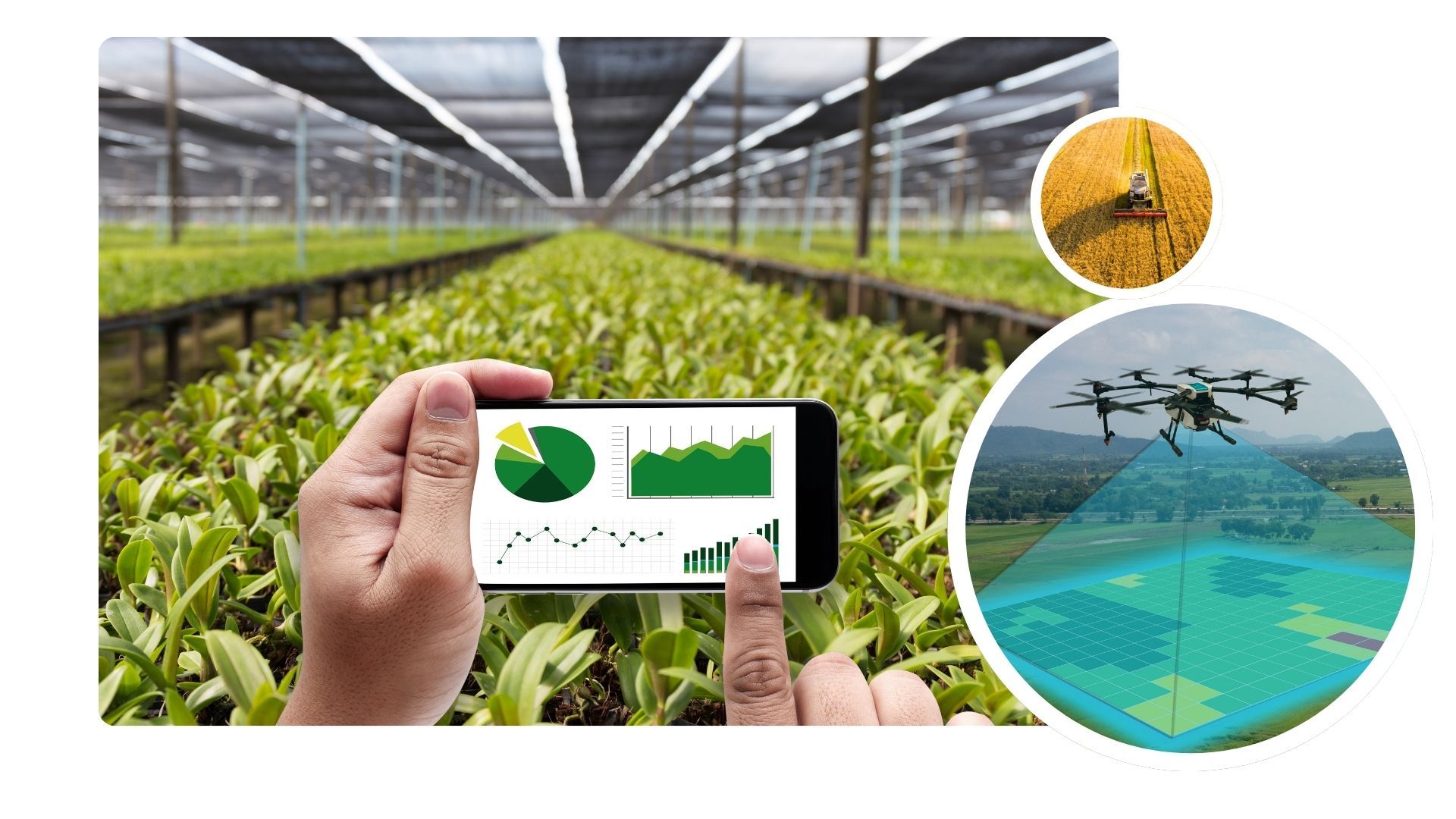The Future of Agriculture Tech
Technology and Digital Products Transforming Farming
01 August 2024 , Explore the World of CloudOffix
Agriculture has been the backbone of human civilization for thousands of years. With the global population steadily rising, the demand for food has never been greater. To meet this challenge, the agricultural sector is undergoing a transformative shift, driven by advancements in technology and digital products.
We should look to history to understand the evolution of agriculture tech. The last significant transformation in agriculture occurred during the 1960s and 70s. This period saw the advent of new technologies, innovative fertilization methods, and advanced crop production techniques. These innovations led to a substantial increase in agricultural yields, revolutionizing the industry and enabling farmers to feed a growing population.

Today’s Focus on Agricultural Innovation
Today, the focus is on developing new business models to make data-driven decisions in agriculture. By rolling out additional tools and technologies to growers, farmers, and agricultural companies today are optimizing their operations and improving their yields. This approach has spurred innovation and demonstrated that new ways of doing business in agriculture are not only possible but also highly effective.
The transformative power of technology is significant in business, and agriculture is no exception. The foreseen critical situation regarding food shortages highlights the urgent need for technological advancements to optimize inputs, maximize yields, and enhance profitability for growers. That’s why the agriculture tech is very important. Food should be sufficient yet nutritious.
Data-Driven Decision Making in Agriculture
Farmers today have access to a wealth of data that can inform their decision-making processes. For instance, when choosing which seed variety to plant, farmers can analyze soil conditions, weather predictions, and historical yield patterns. This data-driven approach helps farmers select the best crop varieties for their fields, leading to better yields and improved profitability.
Precision agriculture technologies, such as satellite imagery, enable farmers to monitor large fields efficiently. By identifying areas of stress within a field, farmers can target their interventions more effectively, reducing operational costs and improving crop health. This technology-driven approach enhances efficiency and allows farmers to make timely, informed decisions.
Moreover, technology can ensure that food supplies remain stable and accessible to populations around the world. By focusing on maximizing yields through technological innovation and sustainable practices, a balance between environmental stewardship and food production can be achieved.
Future Trends in Agricultural Technology
Digital transformation of front office processes is crucial for agricultural businesses, enhancing their efficiency and effectiveness. It's not just about using drones or implementing agriculture-focused ERPs; it's also about optimizing front office processes to ensure smooth operations.
By leveraging digital tools, businesses can improve customer service, make data-driven decisions, and automate routine tasks to save time and reduce errors. AI plays an indispensable role in agriculture tech, boosting productivity, efficiency, and sustainability through data analysis, automation, and predictive analytics, which optimize resource management and decision-making. Overall, digital transformation and AI streamline agricultural operations, making them more responsive and capable of meeting contemporary challenges.
Considering agriculture's fundamental importance to humanity, it’s vital for this sector to harness the full spectrum of technology, and front office processes are integral to this. For example, employee experience in agriculture is crucial but often overlooked. At CloudOffix, we engage with agricultural firms to transform their front office processes, demonstrating how this transformation positively impacts field operations.
